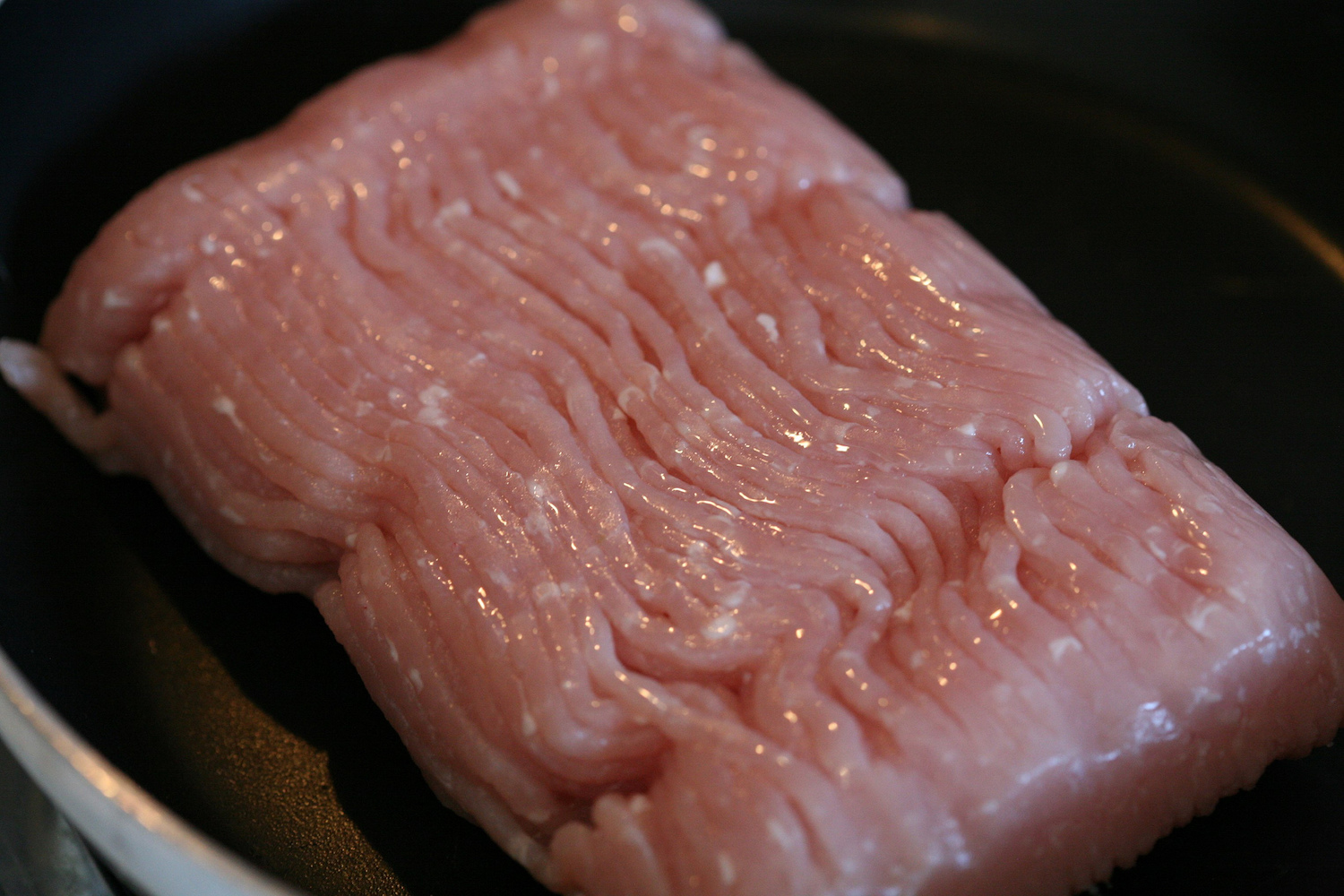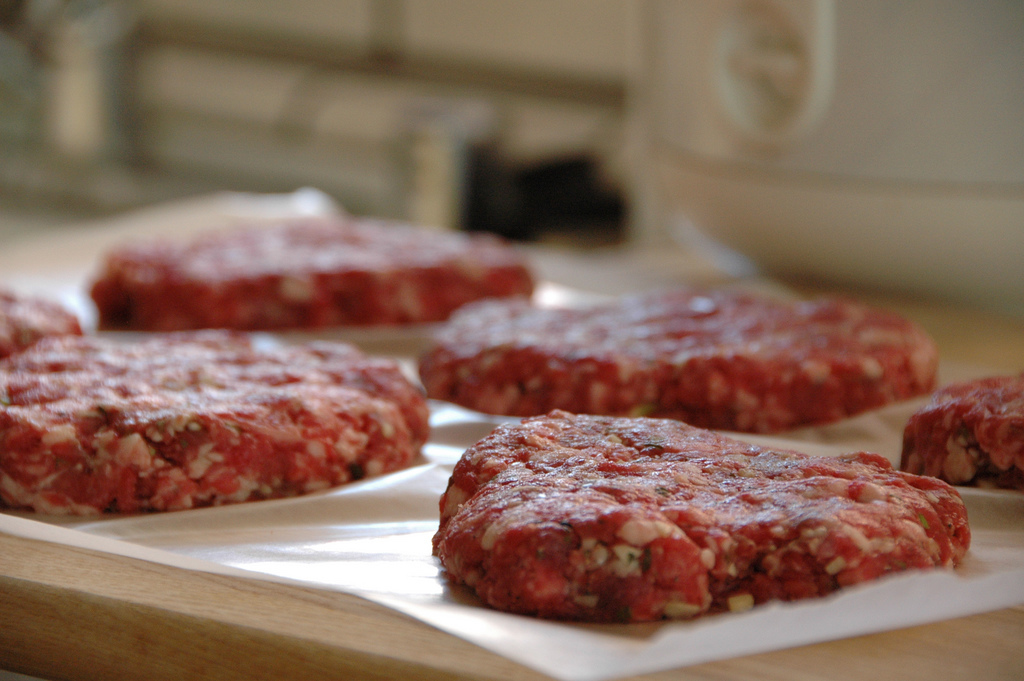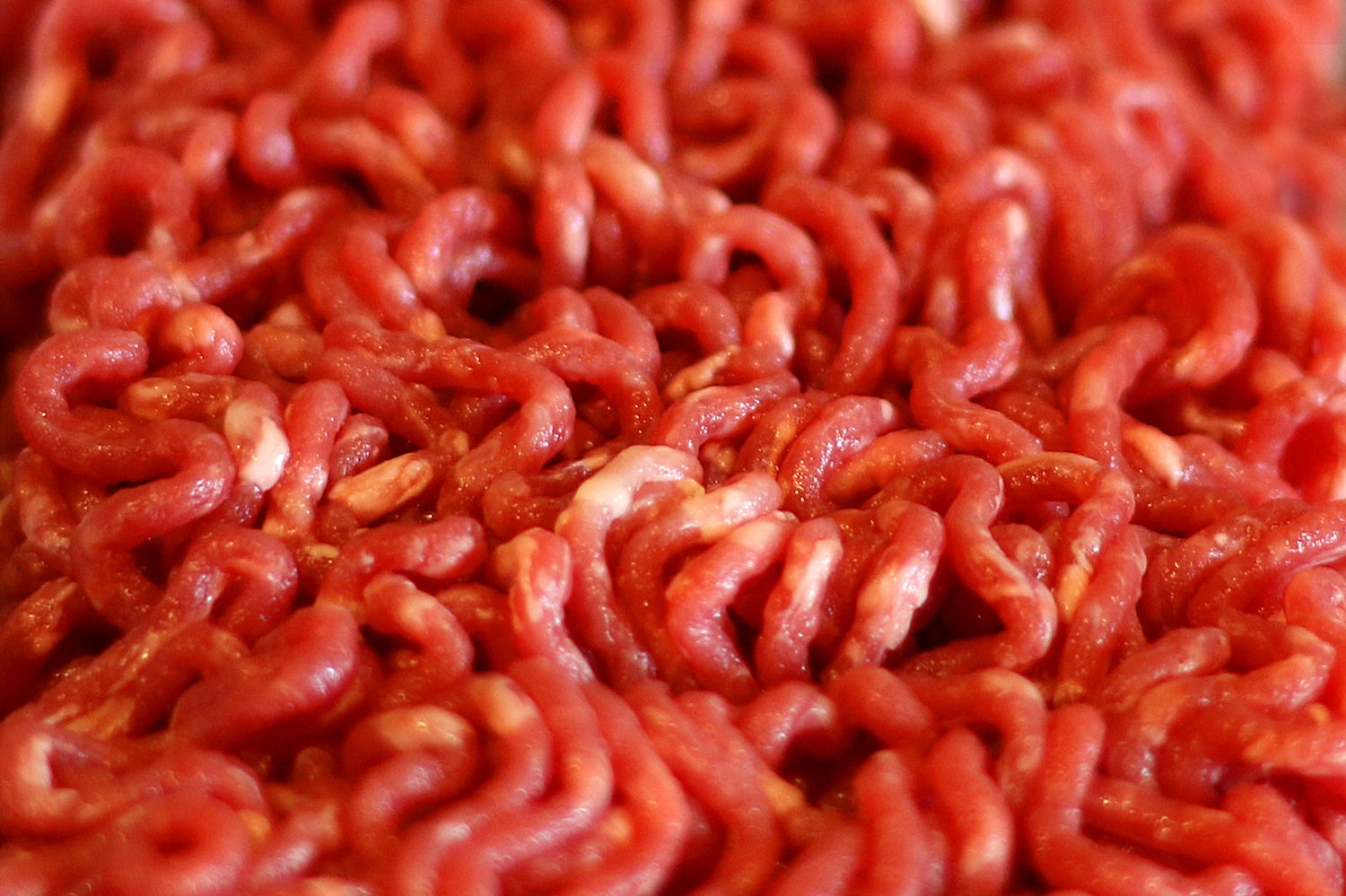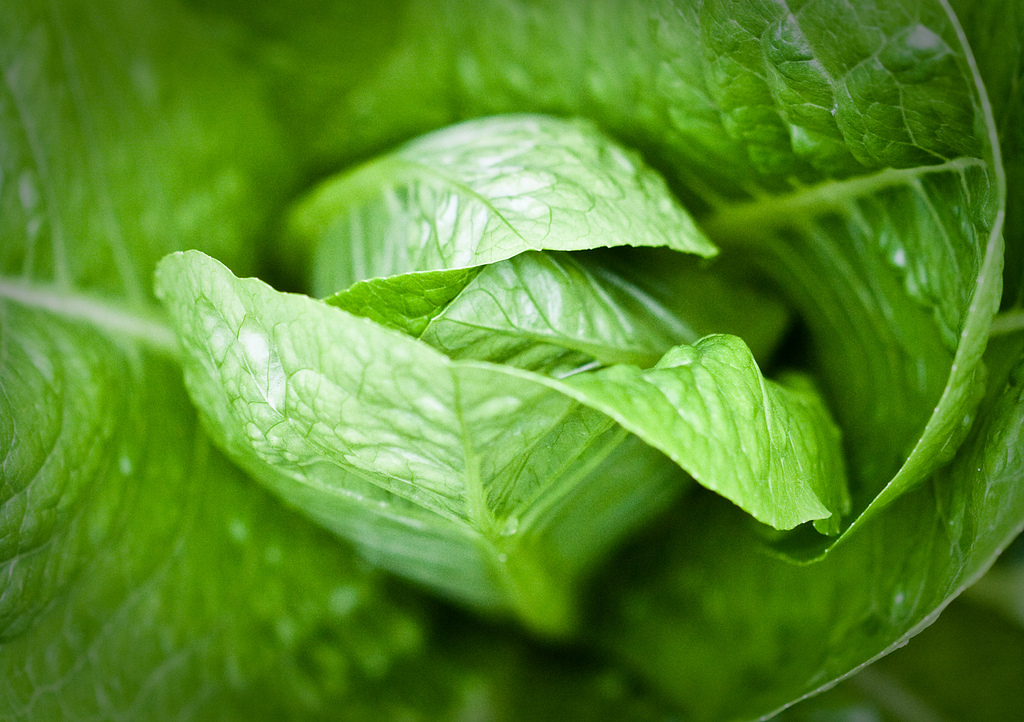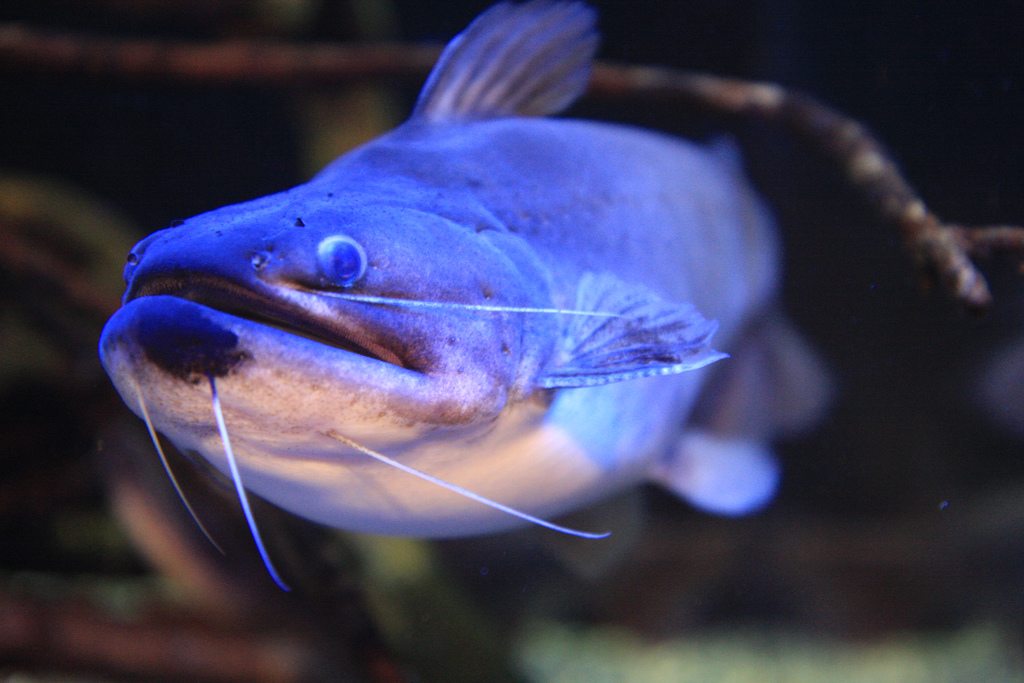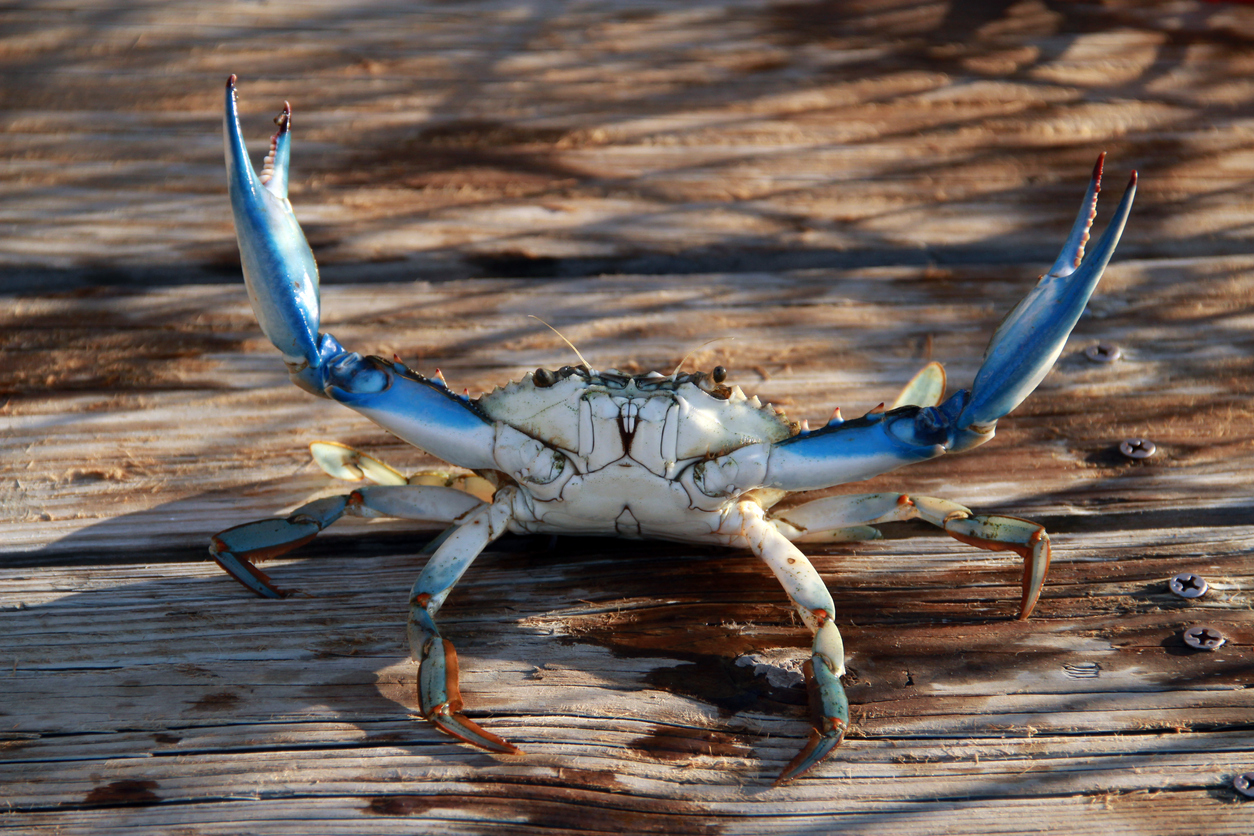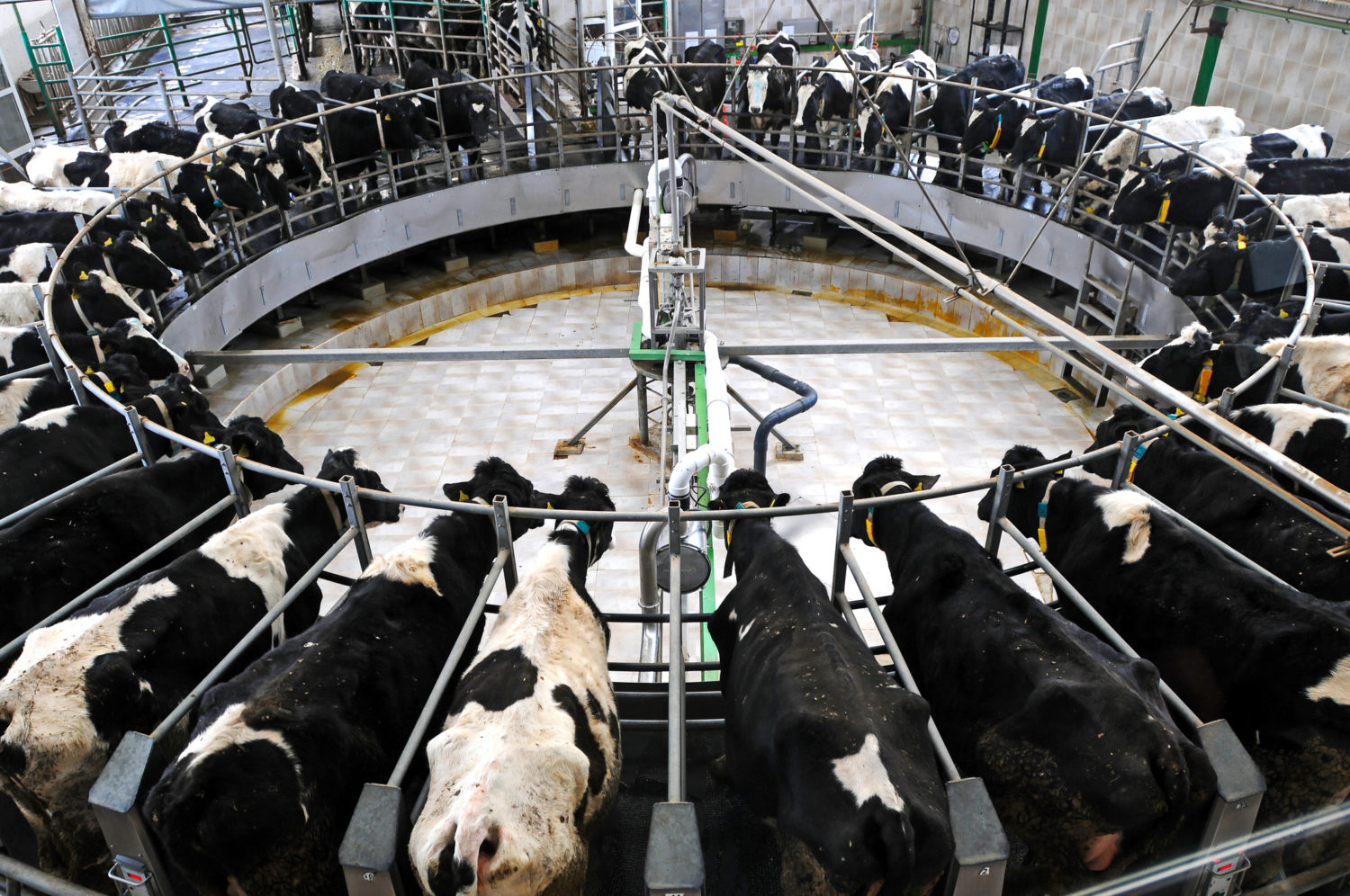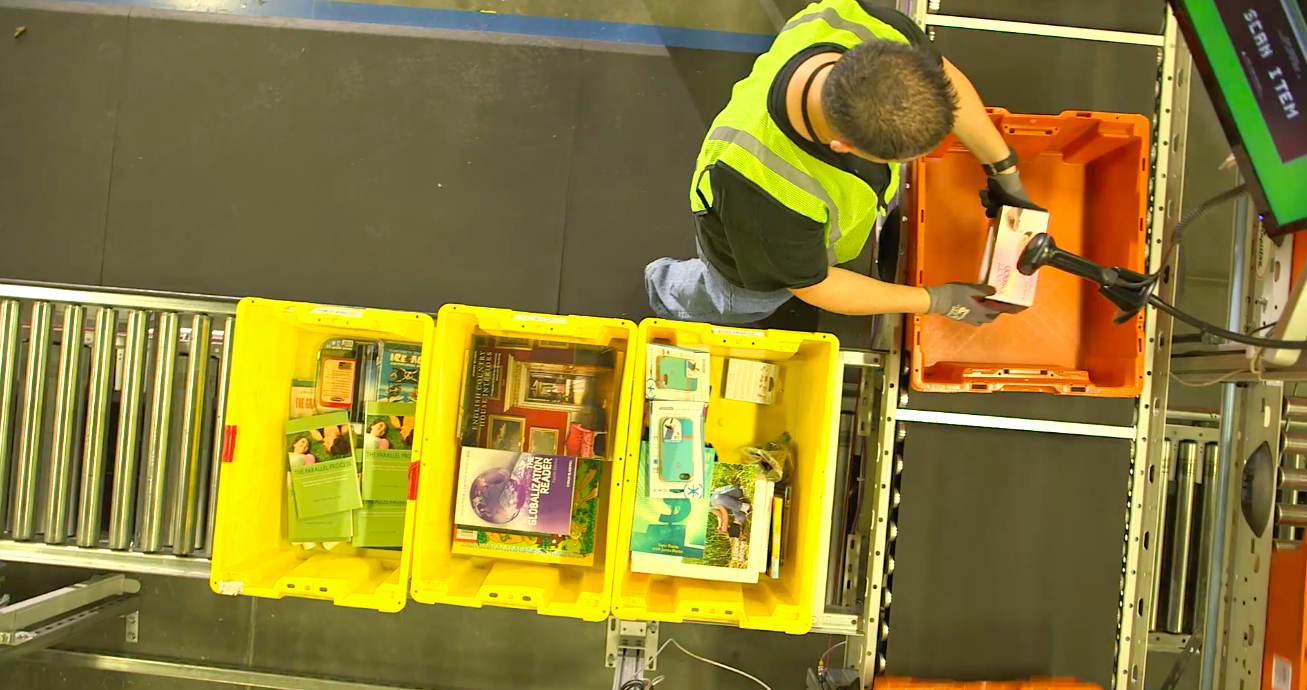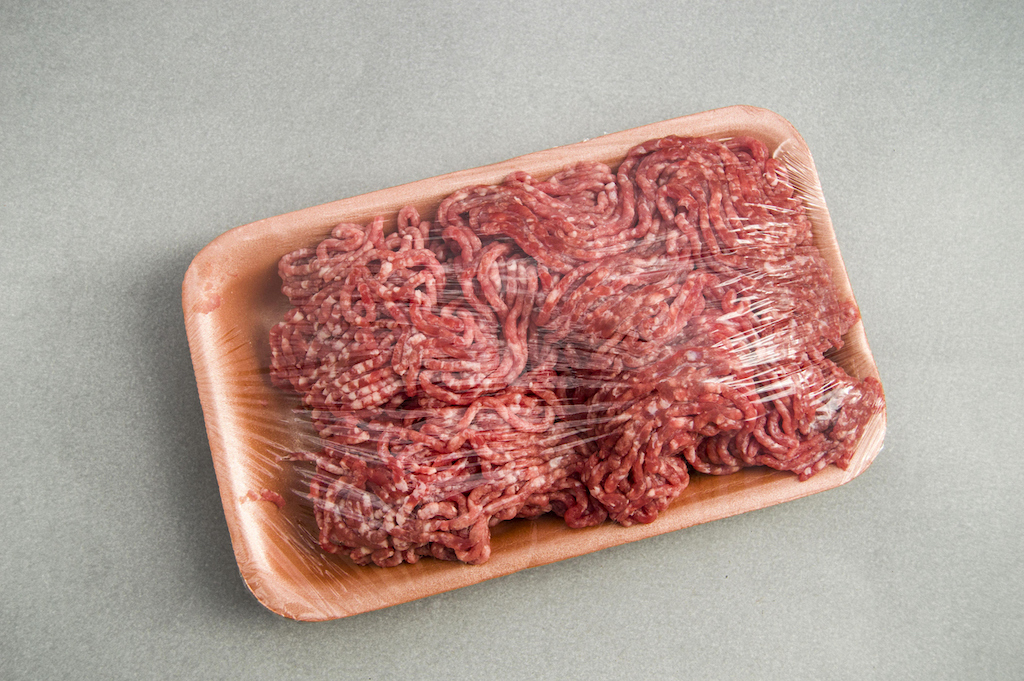UPDATE, December 26, 11:10 AM, EST: Jennie-O on Friday announced a second recall of ground turkey, bringing the total amount of recalled product to over 311,000 pounds. Additional sources have not yet been identified. The full list of recalled products is here.
One year, and two Thanksgivings later, the source of an outbreak of multi-drug-resistant Salmonella linked to raw turkey products is still unsolved. Since November of 2017, when the Centers for Disease Control and Prevention (CDC) began an investigation, 164 people in 35 states have fallen ill, 63 have been hospitalized, and one person has died. Lab evidence indicates that raw turkey products, of a variety of types and brands, purchased in many locations, are what those people have in common.
So far, only one producer has pulled its product from stores: Jennie-O, which first recalled 147,276 pounds of ground turkey processed in its Barron, Wisconsin plant, and then an additional 164,210 pounds. The company did so voluntarily because, for the most part, the United States Department of Agriculture (USDA), which oversees the safety of the country’s meat supply, doesn’t have the power to force mandatory recalls. The exception to that rule would be ground beef tainted with the Shiga toxin-producing E.coli. Salmonella, on the other hand, is not considered an “adulterant,” or unsafe substance, in raw meat because the bacteria can be killed when meat is cooked thoroughly. As we’ve previously reported, that means producers are legally permitted to sell Salmonella-contaminated meat. (For its part, USDA reminds eaters to always cook raw meat to 165 degrees—a warning broad enough to cover all meat, whether or not the pathogen has been detected.)
“The agency has detected the outbreak strain in samples from raw turkey products from 22 slaughter and 7 processing establishments but has not published their names,” wrote Sarah Sorscher, the deputy director of regulatory affairs at Center for Science in the Public Interest (CSPI). “We urge USDA to name these establishments. It is the responsibility of the government to ensure that the turkeys headed for our Thanksgiving tables do not harbor antibiotic-resistant bacteria that have caused human illness and death.”
On Friday, the day after Thanksgiving, the Agriculture Department published the names of hundreds of poultry plants where Salmonella had been detected during regular, continuous product sampling. In an email to The New Food Economy, a Food Safety and Inspection Service (FSIS) spokesperson denied that public pressure led to the disclosure, noting the agency has posted detection data since a 2016 update to the agency’s safety standards. Until last week, plant-specific data was limited to those that processed chicken and turkey carcasses—the whole bird. This latest batch of data includes those that produce ground chicken and turkey, plus chicken parts, which represent 80 percent of chicken products on the market today. (The agency intends to release similar data from beef and pork plants “in the future,” according to a federal register notice.)
The latest batch of data doesn’t identify the presence of specific Salmonella strains, and therefore, doesn’t give any clues as to the source of the ongoing outbreak. (We’ve covered how information about a particular strain can help in source identification efforts here). What it does show, however, is that Salmonella is particularly prevalent in ground turkey. The agency released samples from hundreds of chicken and turkey plants. When it came to testing for Salmonella in ground (“NRTE comminuted”) turkey, however, 16 of 41 plants exceeded the federally appointed performance standard. They included the Jennie-O plant in Barron, Wisconsin that issued a recall—along with three other of the company’s plants, plus plants under the familiar names of Butterball, Cargill, and Perdue. By comparison, when the agency tested for Salmonella in whole turkeys, none of the 40 plants exceeded the standard—though one Jennie-O plant, placed in Category 2, may have met it.
In an emailed statement, Jennie-O told The New Food Economy that it is one of 19 different companies whose plants have been associated with the multi-drug-resistant Salmonella strain. The company said the pathogen is a “complicated issue for the poultry industry as a whole,” and that it has a task force that “works each and every day to better understand” prevention.
Notice the language I’m using—”standard,” not “limit.” That’s a critical distinction because turkey plants are allowed to produce turkey that has been contaminated with some amount of Salmonella, and even Campylobacter, and don’t have to recall the products. As I previously mentioned, unlike other pathogens, such as E. coli O157:H7, salmonella is not considered an adulterant—though some people want that to change.
Without industry buy-in, the government’s hands are tied. When plants are found to exceed the Salmonella standard, they’re expected to revise their safety plans, otherwise known as a Hazard Analysis and Critical Control Points (HACCP) plan. If the plant is still in Category 3 after three months, FSIS can issue a notice of enforcement, or even suspend inspection, effectively shutting down the facility, but not “based solely on the fact that an establishment did not meet a performance standard,” according to the 2016 rule.
“That’s really the most important incentive right now,” says Thomas Gremillion of the Consumer Federation of America, which has been pushing for stronger food safety governance. “There’s so little regulation from FSIS—like, there are no repercussions, really, when they miss the performance standards. Publishing is kind of the biggest stick that they’ve got.”
In other words, this product won’t stay off the shelf. Instead, when it comes to Salmonella, it’s currently up to the public—and maybe wholesale buyers who don’t want to get stuck in the crosshairs—to keep themselves safe by parsing arcane government data. And cooking their food thoroughly.
Correction: An earlier version of this article erroneously reported that USDA advises consumers to cook raw meat to 160 degrees. In fact, it is 165 degrees.
